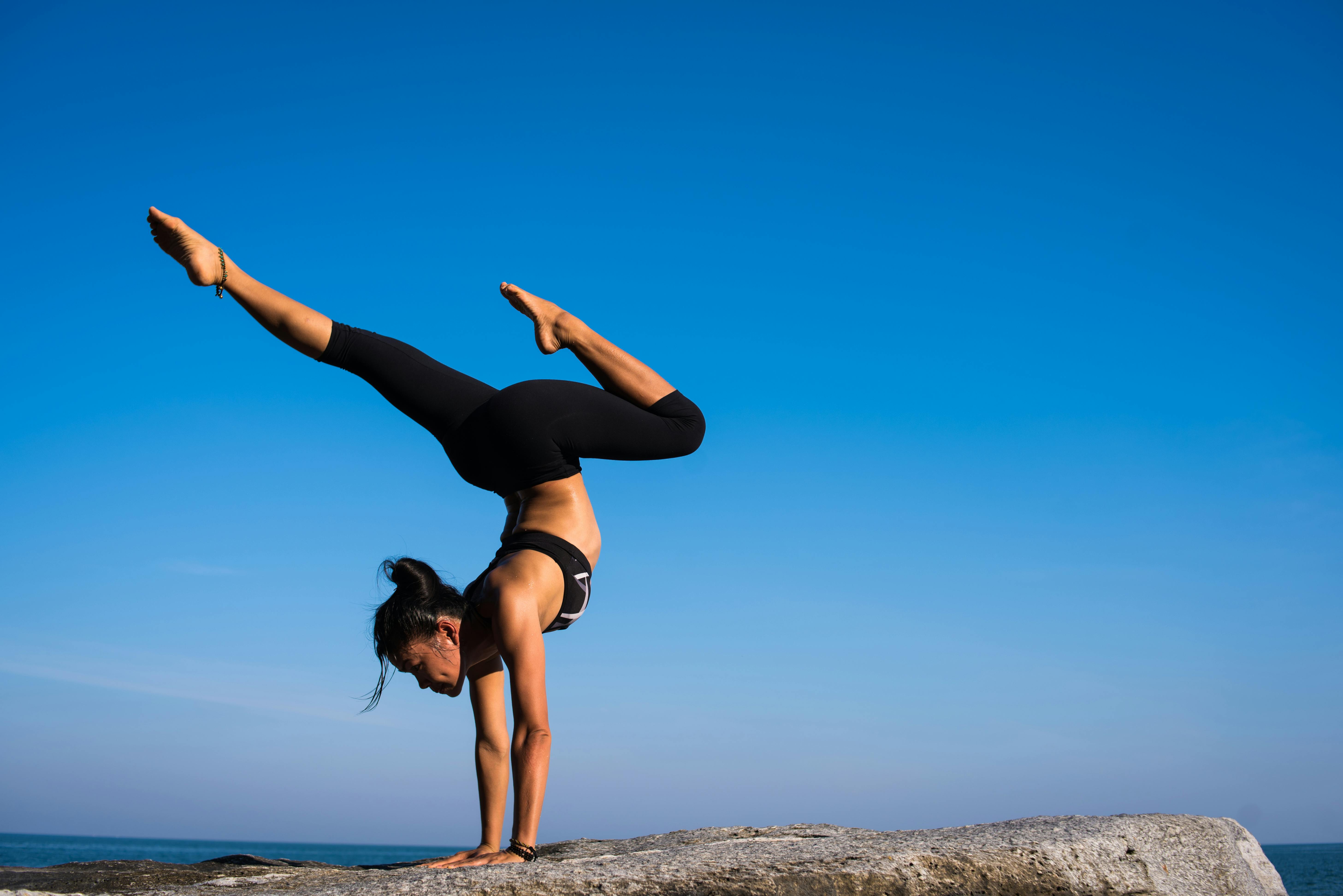Harnessing the Power of Mindful Movement: A New Approach to Wellness
From the ancient practices of yoga and tai chi to the modern fitness trend of pilates, mindful movement has long been recognized as beneficial to our mental and physical health. However, recent advancements in neuroscience and behavioral psychology have begun to shed light on why this is and how we can maximize these benefits.

Understanding Mindful Movement
Mindful movement refers to any physical activity performed with awareness and intent. This could be as simple as stretching in the morning or as complex as a choreographed dance routine. What matters is the conscious focus on the sensations and motions of the body, creating a sense of connection between mind and body.
Historically, mindful movement has been central to many cultures and traditions. From the martial arts of East Asia to the meditative dances of Sufi mystics, movement with mindfulness has been recognized as a way to cultivate focus, discipline, and spiritual growth.
The Neuroscience of Mindful Movement
Emerging research in neuroscience has begun to explain why mindful movement can have such profound effects. One key discovery is the role of the insular cortex, a part of the brain involved in bodily self-awareness. When we move mindfully, the insular cortex is activated, enhancing our sense of bodily presence and grounding us in the present moment.
Moreover, mindful movement has been found to stimulate the release of endorphins and other “feel good” neurotransmitters, reducing stress, improving mood, and even alleviating symptoms of depression and anxiety.
Benefits of Mindful Movement
Beyond these neurological effects, mindful movement has numerous physical health benefits. Regular practice can improve flexibility, balance, and strength. It can also enhance cardiovascular health, promote better sleep, and aid digestion.
At the same time, mindful movement encourages a greater degree of body awareness, which can help us to recognize and address potential health issues before they become serious. For instance, noticing a persistent stiffness in one’s shoulder could prompt an earlier visit to the doctor or physiotherapist.
Mindful Movement in Practice
While practices like yoga and tai chi are well-known forms of mindful movement, there are many other ways to incorporate this approach into your daily life. Here are a few suggestions:
- When walking, try to focus on the sensations of your feet contacting the ground and how your body moves with each step.
- During your workout, pay attention to how different exercises affect different parts of your body.
- Take short breaks throughout the day to stretch and move, bringing your attention to the sensations in your body.
Practical Tips for Mindful Movement
- Start small: If you’re new to mindful movement, begin with just a few minutes a day and gradually increase as you become more comfortable.
- Be patient: It can take time to develop the ability to focus on bodily sensations, especially if you’re used to a more “mindless” approach to exercise.
- Choose activities you enjoy: Mindful movement shouldn’t feel like a chore. Whether it’s dancing, swimming, or simply going for a walk, choose activities that you find enjoyable and fulfilling.
In conclusion, mindful movement offers a powerful tool for enhancing both mental and physical well-being. By integrating this practice into our daily lives, we can cultivate a greater sense of presence, improve our health, and even find a new source of joy and fulfillment. So why not take a moment today to move, to breathe, and to truly inhabit your body? Your brain—and your body—will thank you.




